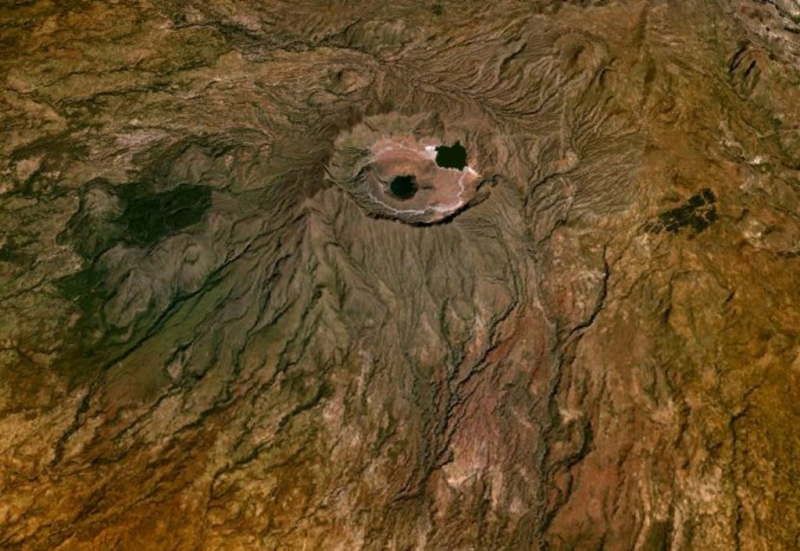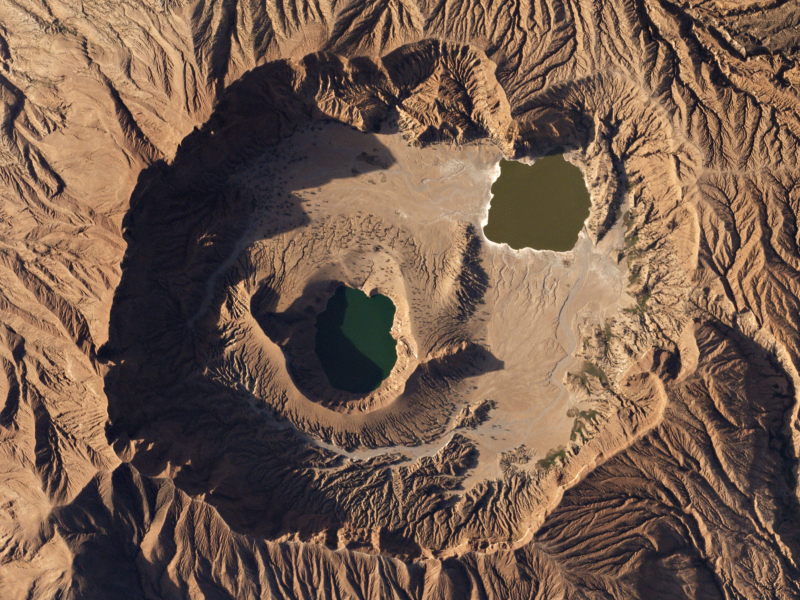Deriba Caldera
On the Jabel Marra Mountain, this summit climbs to a height of 9,980 feet. In Darfur, Sudan, Deriba is a Pleistocene or Holocene caldera. It is part of the Marra Mountains volcanoes, which are located on the Darfur dome, and may be the result of a mantle plume, similar to the Tagabo Hills and Meidob Hills volcanism. Sudan's highest point, after the split of South Sudan, is on the caldera's edge. The mountain has a temperate climate with plenty of precipitation. Jabel Marra has a total size of around 12,800 square kilometers.
Sorghum, oranges, apples, millet, and clusters of forest trees thrive in the Mediterranean climate, which is aided by waterfalls, volcanic lakes, and the Mediterranean climate. Over time, the vegetation on this mountain has contributed to agricultural growth. The land of Deriba was under the grip of armed insurgents for a long time. Human settlement poses a harm to the vegetation of Deriba. The crater is located atop a shield volcano or ash cone in the southern Marra Mountains, which began as a pile of basaltic lava flows and then evolved into layers of volcanic ash and tuff, including the eruptions that created the caldera. A massive eruption happened approximately 3,520 100 years ago, and hot springs and fumaroles are still active today.
Location: South Sudan
Elevation: 3,042 m
Range: Jabel Marra Mountain





